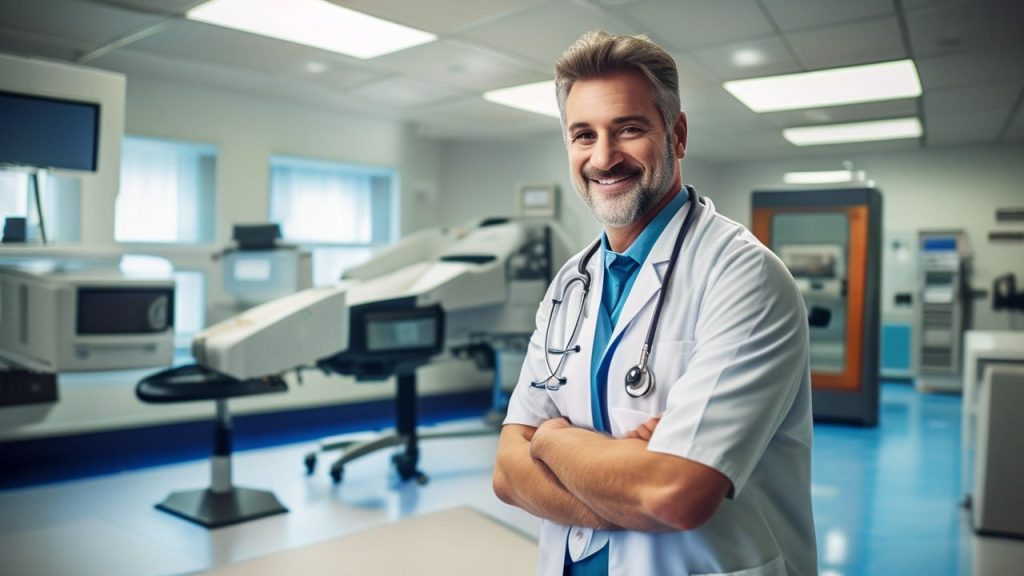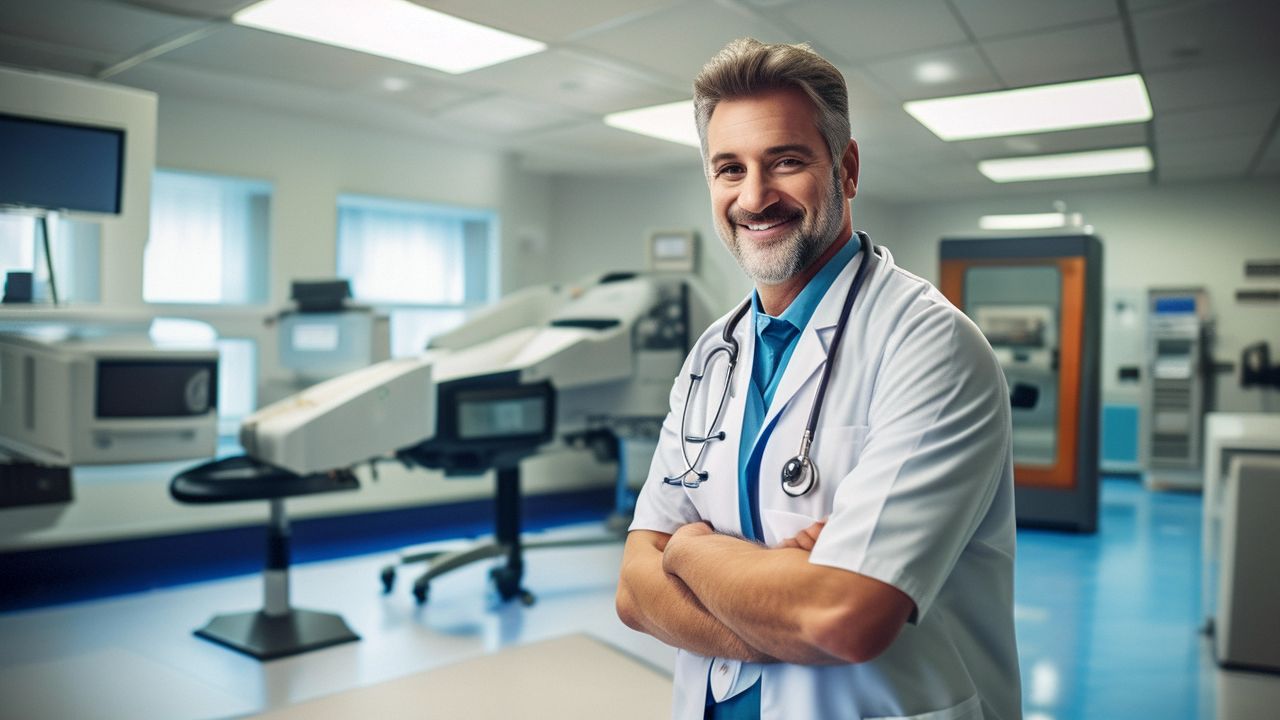Lung cancer treatment and rehabilitation
Lung cancer treatment methods:
The American Lung Association reports that lung cancer is the leading cause of cancer death in the United States for both men and women. Each year, more people die of lung cancer than of colon, breast, and prostate cancers combined. Smoking is the primary cause of lung cancer, responsible for about 85% of cases. Early detection through screening can improve survival rates.Prevention of Lung Cancer is also very important.
The main treatment methods for lung cancer currently include surgery, radiotherapy, chemotherapy, and immunotherapy. For early and relatively early lung cancer (Stage I and II), surgical treatment is the preferred method. Surgical procedures must follow two basic principles: maximum removal of the tumor and its metastatic tissues, and maximum preservation of normal functioning lung tissue. Lobectomy is the preferred surgical procedure for lung cancer, also known as the standard procedure. Only when the lesion extends beyond one lobe, the patient’s cardiopulmonary function reserve permits, and surgical resection can achieve radical resection can a pneumonectomy be performed. Clinically, common surgical procedures include the following: lobectomy, pneumonectomy, partial lung resection, sleeve lobectomy, thoracoscopic lung resection, etc.

If a patient has simultaneous complications or is elderly and weak, or has a difficult time tolerating surgery due to the tumor situation, radiotherapy can be adopted. There are various types of radiotherapy: radical radiotherapy, palliative radiotherapy, Intracavitary brachytherapy, etc. Combination therapy of surgery and radiotherapy can be divided into preoperative radiotherapy, intraoperative radiotherapy, and postoperative radiotherapy. If there is suspected residual tumor after surgery, radiotherapy can be added afterwards. Chemotherapy is often used for patients with metastasis or to prevent cancer cell dissemination.
When lung cancer patients visit the doctor, most have already experienced metastasis or diffusion, thus chemotherapeutic drugs play a crucial role. In recent years, new drugs effective for lung cancer include taxanes (paclitaxel and docetaxel), camptothecin derivatives, topotecan, fluorouracil, mitomycin C (Novantrone), oxaliplatin, irinotecan, etc. For small cell lung cancer and undifferentiated cell type lung cancer, chemotherapy and radiotherapy are the main treatments, with surgery as an adjuvant.
Comprehensive lung cancer treatment.
The rational comprehensive treatment should consider two aspects:
- Local or regional treatment vs. systemic treatment? For patients with disseminated or obvious dissemination tendency after surgery, systemic treatment should be given first. Local treatment should be performed after the dissemination is controlled.
- Which aspect plays a dominant role – the body or the tumor? Attention should be paid to the position of the body’s immune function in the process of disease control and recovery. This is a matter of life and death for the patient.
Patterns of comprehensive lung cancer treatment:
- Postoperative and radiotherapy chemotherapy: A more traditional method.
- Preoperative chemotherapy: Positive results have been observed in recent years for small cell lung cancer and non-small cell lung cancer.
- Combination of radiotherapy and chemotherapy: Clinically successful.
- Integration of radiotherapy, chemotherapy, and biological response modifiers. High fever, cryotherapy, laser, interventional, electrochemical therapy, etc., can also play a certain role in the comprehensive treatment of middle and advanced stage patients. The key to lung cancer patient’s recovery is to protect respiratory function, avoid smoking and other smoke, pay attention to indoor air cleanliness, and still open windows to exchange fresh air regularly even when using air conditioning in winter or summer. Patients should often walk in places with fresh air, prevent colds, cultivate an optimistic attitude, maintain a cheerful mood, engage in appropriate activities, ensure reasonable nutrition, and enhance personal immune function. Family members should care about the patient’s physical condition and mental state, have warm conversations with the patient, and the community should show more love and respect for patients, helping the elderly and those with weakened bodies wherever possible.


Pingback: Lung cancer symptoms and diagnosis - Beat Cancer